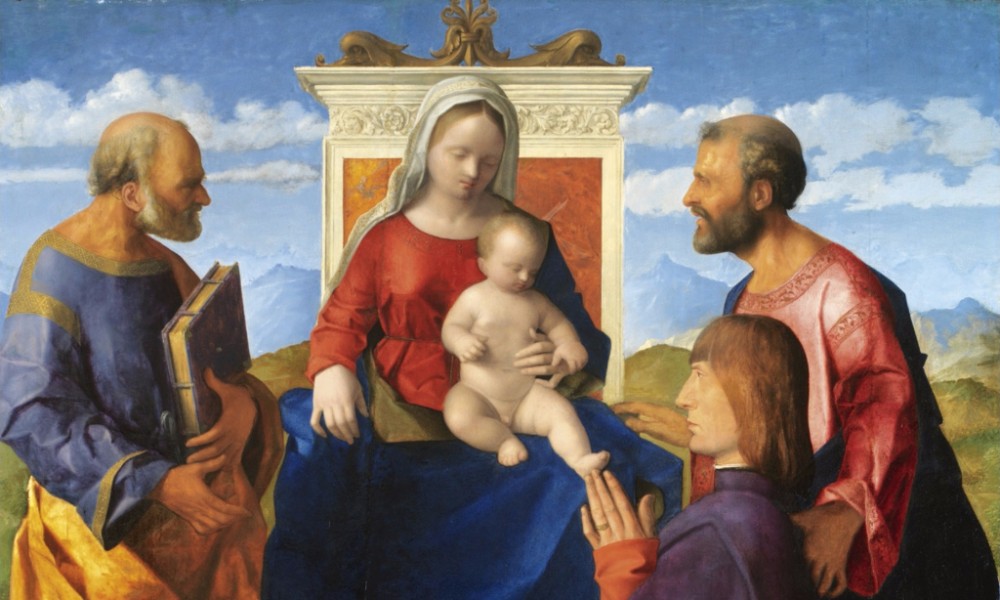In the Age of Giorgione at the Royal Academy

It’s a bold move by the Royal Academy to open an exhibition based on an artist very few people will have heard of. The show posits itself as a chance to rediscover Giorgione and his influence at a pivotal point of the Venetian Renaissance in the first decade of the 16th century. However, it provides a disappointingly sedate overview of this exciting era of innovation.
The show opens with a room of portraits of young men by Giorgione and others. Some of these works succeed in putting across the true spirit of the titular artist. A portrait by Giorgione, in contrast with those by earlier artists, shows the sitter with a look of melancholic introspection on their face, demonstrating the artist’s innovative approach to portraying a proto-Romantic sense of individuality.
The exhibition also contains some other high-quality works, including Giorgione’s Il Tramonto (“the sunset”), in which the setting sun illuminates a strikingly blue sea, whilst two Arcadian figures sit in the foreground. Unfortunately, however, Giorgione’s more famous Arcadian scene, Il Tempesto, is conspicuously absent from the exhibition. Elsewhere, the room focussed on religious painting includes a Virgin and Child by Giovanni Bellini (Giorgione’s master), which manages to be both soft and vibrant at the same time and which is remarkable in its execution.
There are several works by Titian, many of which were originally attributed to Giorgione. The RA posits this as evidence of the far-reaching influence of Giorgione’s style, which is an interesting way of looking at previous mis-attributions. To the exhibition’s credit, questions of attribution and authorship are raised throughout the show. These draw the audience’s attention to some of the difficulties of curating and presenting a collection of paintings like this, where our understanding of a work is inevitably affected by our knowledge of its posthumous history.
‘In the Age of Giorgione’ offers an interesting take on a very specific period of art history, seen through the lens of a particular artist. It makes a good attempt at pulling back the veil of mystery surrounding Giorgione, but ultimately doesn’t fully achieve it. The very last painting in the show is a fantastic painting of the artist’s mother. Lifelike, intimate and moving as well as allegorical, this accomplished work leaves the viewer wanting more, but unfortunately the exhibition doesn’t offer it.
Anna Souter
In the Age of Giorgione is at the Royal Academy of Arts from 12th March until 5th June 2016, for further information visit here.


















Facebook
Twitter
Instagram
YouTube
RSS